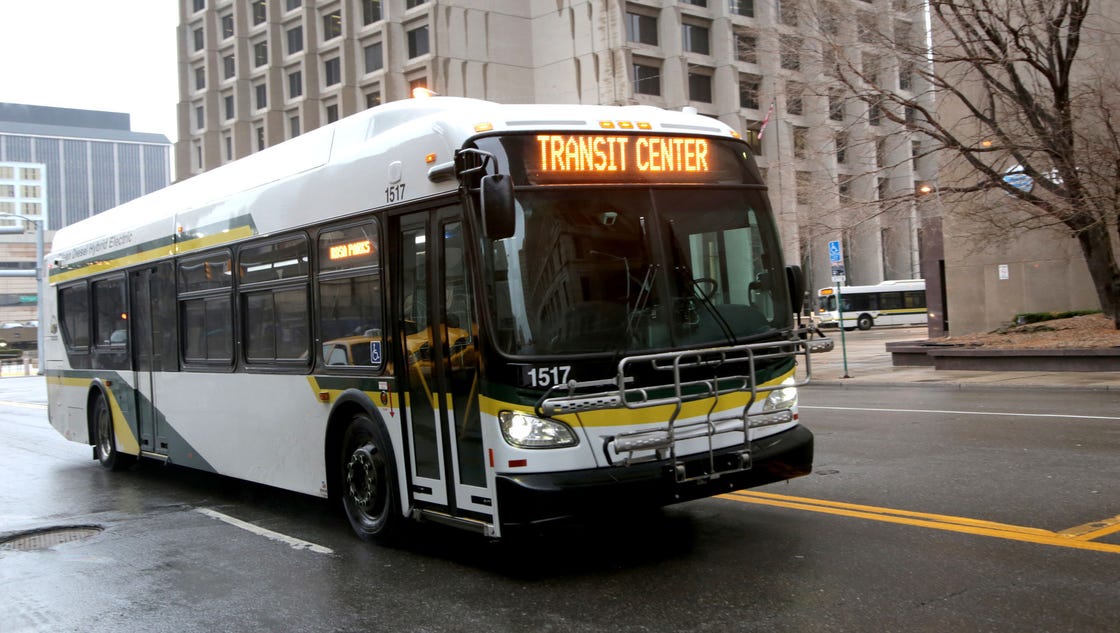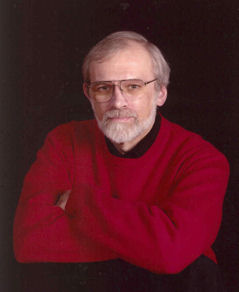Prescription 3: Do better at the periphery
Voters at the edges of the RTA district felt left out. Some liked it that way, but many would have liked to have some concrete type of service, or at least to be heard. Though their numbers are small, collectively they could have pushed RTA over the hump.That didn't happen for two very important reasons, and the result was almost all precinct in the north and west voted against RTA.
First, service to areas where people are spread way out is prohibitively expensive to provide with regular bus routes. Consequently, there were no lines on the map indicating bus routes to the far-flung reaches of the district. Instead, a small amount of funding was redirected in the last few weeks of the run-up to the election, with the idea that peripheral areas could get together and figure out what they wanted to do with the money. This was not the solution people were looking for.
Second, RTA resources were spread too thin. There are somewhere in the ballpark of 250 political jurisdictions in the RTA district - cities, towns, villages, townships, authorities, and the four counties themselves.
Trying to address these jurisdictions were the five staff members of the RTA: the CEO, Deputy CEO, one planner, one outreach coordinator, and one administrative assistant. Each of these was stretched thin and responded heroically to the challenges and requests for service and conversation, all in an agonizingly short period of time. But they were too few and the time was too short. There was no way each jurisdiction could be visited and have an in-depth conversation with someone from RTA.
The election results have not provided more staff, but they have given existing staff time to listen, explain, and tweak the plan.
Prescription 4: Make better use of existing resources
The RTA has certainly used existing resources in a great way, but with more time, there are more possibilities for even better.
First, sit down with the big corporations that supported the RTA with lip-service and also with campaign funds. These include Ford and GM, which might surprise people. They also include supporters of M-1 Rail, whose finances were limited for more transit projects while M-1 was under construction. The big medical and educational institutions, the so-called "meds & eds", benefit tremendously from public transportation - and they know it - though their pockets are not uniformly deep. Real estate brokers and owners are big beneficiaries of transit as well, though not all may appreciate the fact.
It may surprise some of you to learn that there are enlightened banks and finance corporations with a great interest in public transportation. Comerica and Morgan Stanley are two that have demonstrated this with "cash on the barrel head". If you think about it, the connection between banks and the value of real estate makes the reason for their interest clear.
President Donald Trump appears to be supporting some kind of plan to encourage private investment in infrastructure. Whether or not that will work for transit - or anything else - remains to be seen. But the general drift is clear: away from providing federal funds for infrastructure, including transit, and toward relying on private capital.
In addition to financial resources and corporate know-how, there are infrastructure resources which I believe could be better utilized in the Transit Master Plan. There are some under-used rail lines that would provide speed and ease of access in several corridors, though the low-hanging fruit - the Ann Arbor to Detroit corridor - has already been included in the plan. Despite the appearance of easy availability, the use of rusting rail corridors requires pretty intensive capital outlay, making it impractical if it's totally funded by taxpayer dollars. And most Detroit area rail corridors are actually heavily used by their freight-hauling owners, and could be shared only by compensating those owners with large sums.
Other infrastructure resources include the expressways - built and maintained with a tremendous outlay of taxpayer money. Though these are famously congested during peak hours, there are many U.S. cities which successfully
use their expressways with various techniques to speed up express bus service. I have proposed creating a bus-beltway using I-94, I-275, and I-696, which would tie most of the RTA's crosstown routes together. Yes, this too would require more resources, but relatively little compared to the rail corridor options.
Finally, the airport is a great existing resource. Sure, there has been some pretty serious difficulty with arrangement for buses there, but it's worth pushing for. The airport authority has a new CEO, so there's hope for a more cooperative approach.
To be continued...






